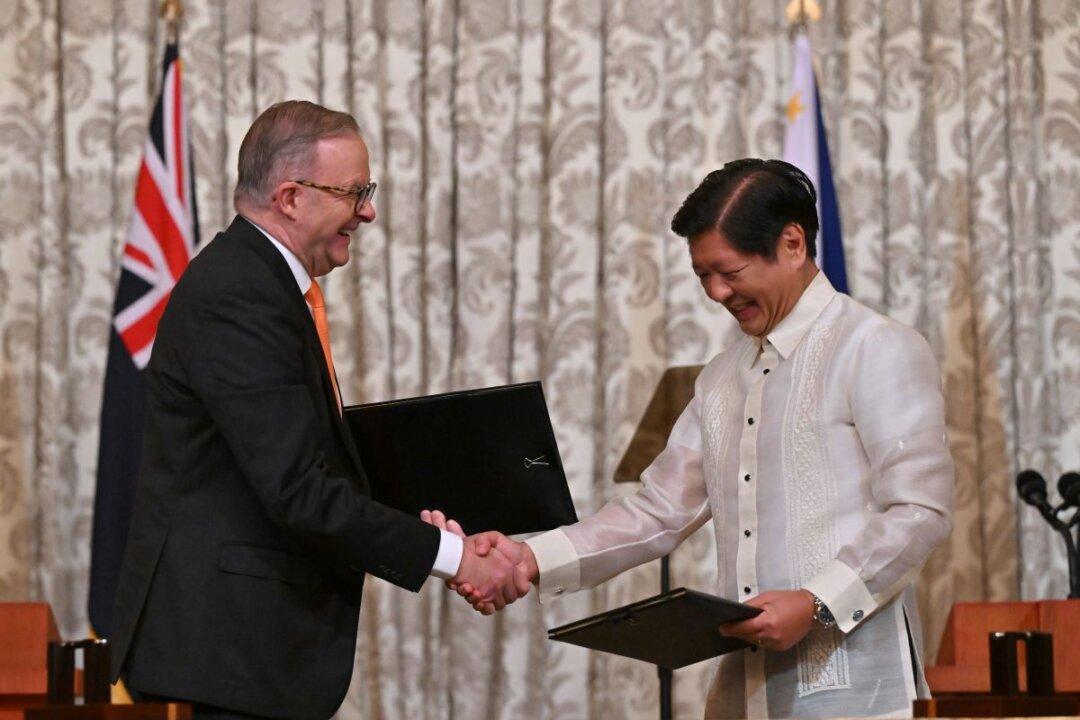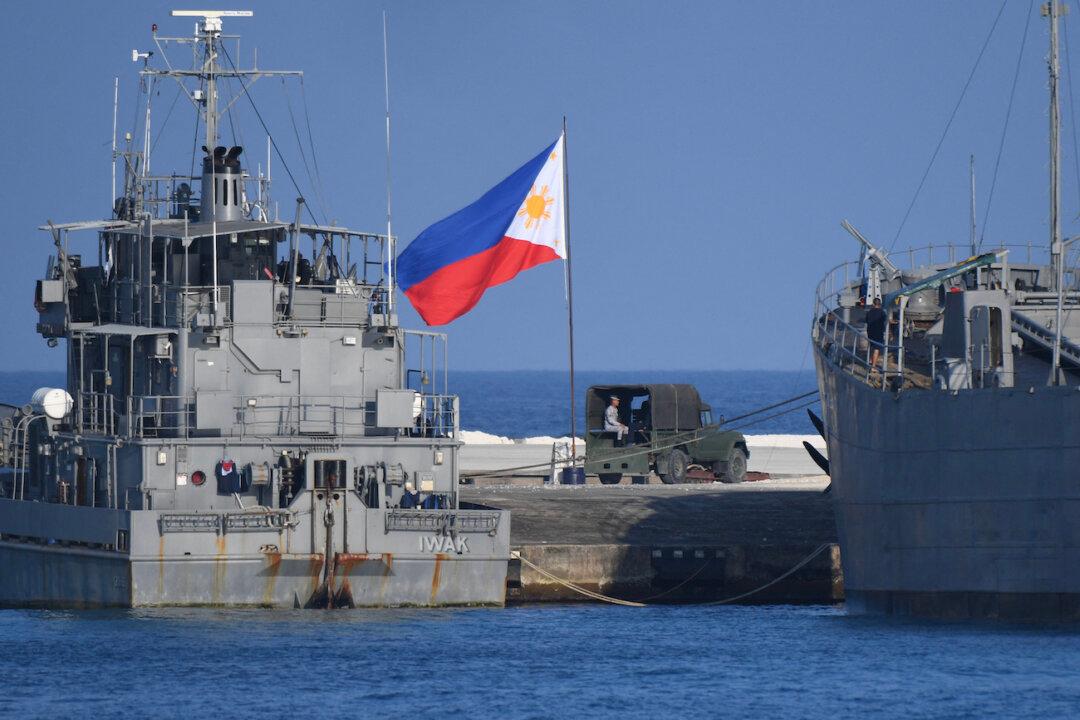Minister for Defence Linda Reynolds has told a meeting of defence specialists that Australia has to define a new rule-based world order.
Speaking at the Australian Strategic Policy Institute in Canberra on July 2 about the 2020 Defence Strategic Update, Reynolds said: “The world we grew up in is no more.”




